Plumbing and wiring are two of the most critical aspects of building a home. However, you can save your pocket if you know all of these things. In general, there are no specific criteria for maintaining distance between electricals and plumbing, but several considerations should be made.
Now, you are wondering if water pipes above electrical panels are safe. Definitely, it is safe to put electrical panels 6ft high apart from the sewage line, and electrical lines should be 12 inches apart from the water line. These are the safest to install to avoid future damage caused by leaks, condensation, and breaks from foreign objects.
On the other hand, some would disagree with placing water pipes above electrical panels. When running through a wire, it might be safe because of the insulation. However, insulation might go through wear and tear because of some pests and would trigger the piping. In that case, future disaster is waving. So, keep reading as we uncover more details about water pipes and electrical panels.
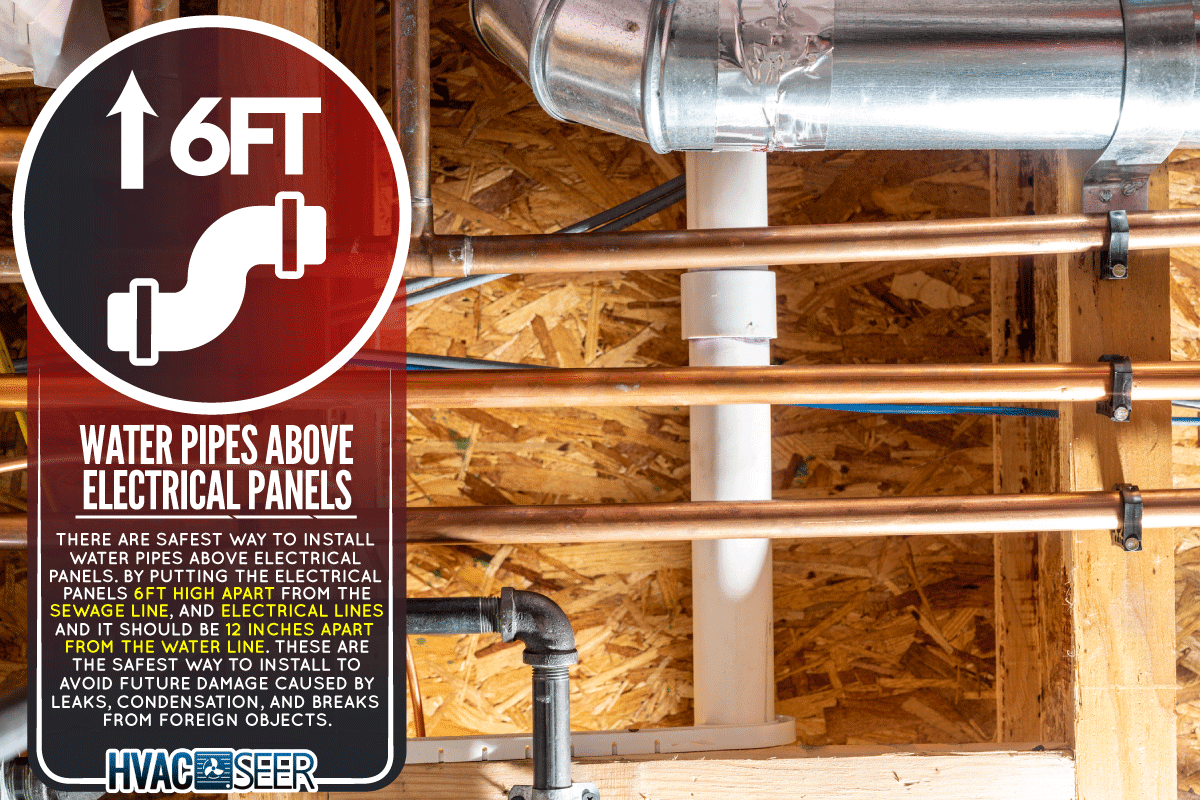
How safe is safe?
Both electrical and water system running through the same hole is not an issue when proper precautions are observed. However, some experts would say that this is not a desirable kind of plan.
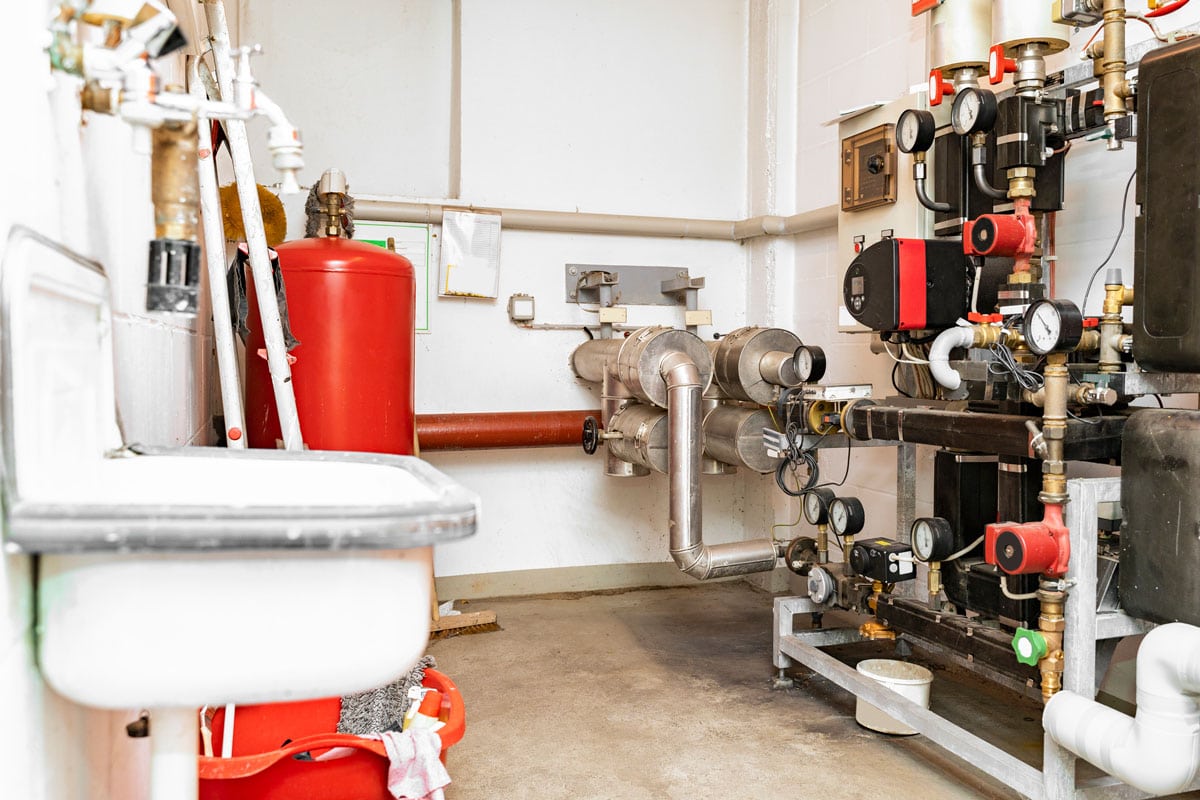
Commercial and residential
Copper wires should be separated from the water lines. If you run an electrical wire close to the plumbing system, then it should be at least an inch apart. Perform by drilling a new hole after the plumbing hole. There is no code here as long as you do it correctly.
If construction workers would run electrical panels and water pipes, they will run a channel for electricals alongside. Electrical and gas lines should be 24 inches from each other.
As mentioned earlier, placing the electrical lines 12 inches from each other is ideal, and the sewage line should be 24 inches from the electrical. But these are made for commercial construction. Residential construction requires running electricals and plumbing on the same hole.
Moreover, copper pipe is not for electrical wiring even when running with fresh water or sewage. There is no code for using copper wires for electricals, but it is safe to say that it is not advisable.
This flexible water tubing is up on Amazon.
Is it really safe?
There is a magnetic field when there is a flow of electricity. This is where copper is ionized. The ionized copper pipes charge, which in turn, if you touch the pipes, you will be in shock.
What do you need to do?
You may just put on a drill hole in a way they would intersect depending on the area where you want to place the wire. In this way, you can easily go through without having any issues. By drilling many holes, you can make a channel for wires to easily pass through. This should take no more than 5 minutes to drill and pass the wire.
In the world of plumbing and wiring, you need not have passed the electricals in the same place or a hole. Instead, wires should be tightened surrounding the pipes, then the drilled hole is separated to be insulated. However, it does not mean that holes are separated; you can't encounter any problems or issues.
Once the plumbing pipes break down, it is commonly sprayed with water. If it bursts exactly in the right area, it will result in the wire being exposed to water resulting in disaster. The point here is that running through plumbing and wirings lessens damages and does not completely eradicate them.
Electrical and Plumbing PVC - What are they?
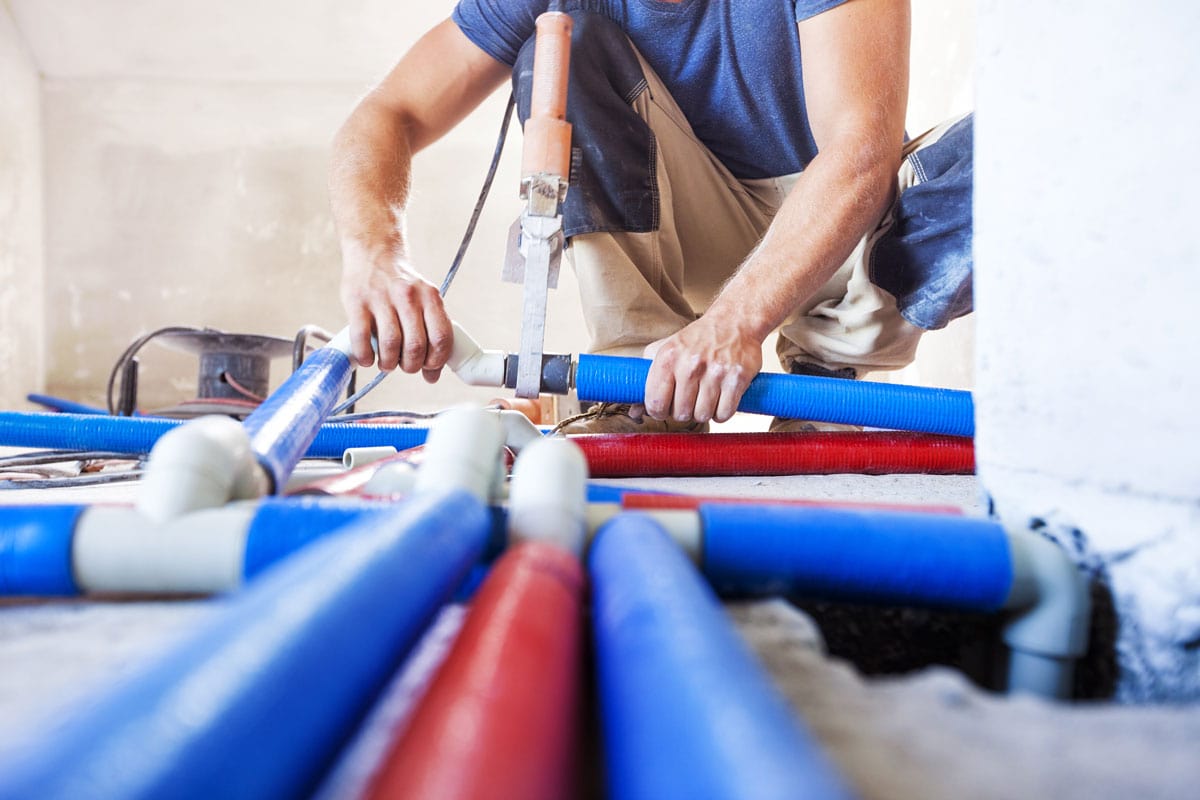
PVC or polyvinyl chloride pipes have been in the industry for more than 80 years. They are remarkably durable and long-lasting compared to metal pipes. PVC pipes vary in different fittings and sizes depending on the type and variant.
Usage
Although the manufacturing and the materials are the same, the procedures and the use of each PVC are different. As we all know, PVC pipes are needed in every plumbing service and pressurized system. The PVC conduits are only used in electricals. PVC pipes carry water, but PVC conduits run wires through them.
There is a significant difference between the two. Sometimes PVC pipes can be used in most electricals. However, it should meet the desired flame and temperature safety precautions.
PVC conduits are not really meant for plumbing systems. In short, you can exchange a PVC conduit for a PVC pipe, but not for a PVC pipe on a conduit.
Procedure and application
Electrical PVC should not be exposed to high-pressure air. On the other hand, plumbing PVC is valued for high PSI (pounds per square inch) which is indicated on the pipe. This makes it suitable for water drainage and ventilation process. Electrical PVC does not apply this kind of application.
Pressure
There is a difference between pressure for PVC pipe and conduit. It is safe to mention that conduits do not require a testing process, unlike PVC pipes. As said, PVC pipes in a plumbing system should be strong enough to take pressurized water.
UV light
Plumbing PVC degrades exposure to ultraviolet lights for a long time. Thus, it is not best to place it on rooftops and in areas with high exposure to UV light. They will become weak and brittle, which can lead to a breakdown.
Electrical PVC can hold UV light exposure, which makes them great for outdoor applications where they can run across the side of the building or roof deck.
Which should be finished first – plumbing or electrical?
Once house framing has been done, next in line is the running of fixtures from house structures where plumbing, electricals, cooling, and heating system are to be made. However, many of you will think about what should come first.
The rough-in stage of construction is when the installations have been finished before they close the walls and ceilings which an inspector will review. Once the electrical, plumbing, and HVAC installations fail, they can easily change the plan to improve.
In many construction projects, starting with the plumbing before the electricals is ideal. During the plumbing installation, the drain and waste pipes and the overall water supply should run in a hole in the house structure frame.
Plumber and electricians should work simultaneously. In that way, they can complete the entire construction without experiencing confusion. It is often safe and easy to install electricals and wirings around large plumbing materials.
Check this vinyl electrical tape on Amazon.
Plumbing and Electrical Safety Precautions
Plumbers and electricians should pay extra attention to safety and precautions during the entire work to reduce accidents and untoward disasters.
Plumbing quick tips
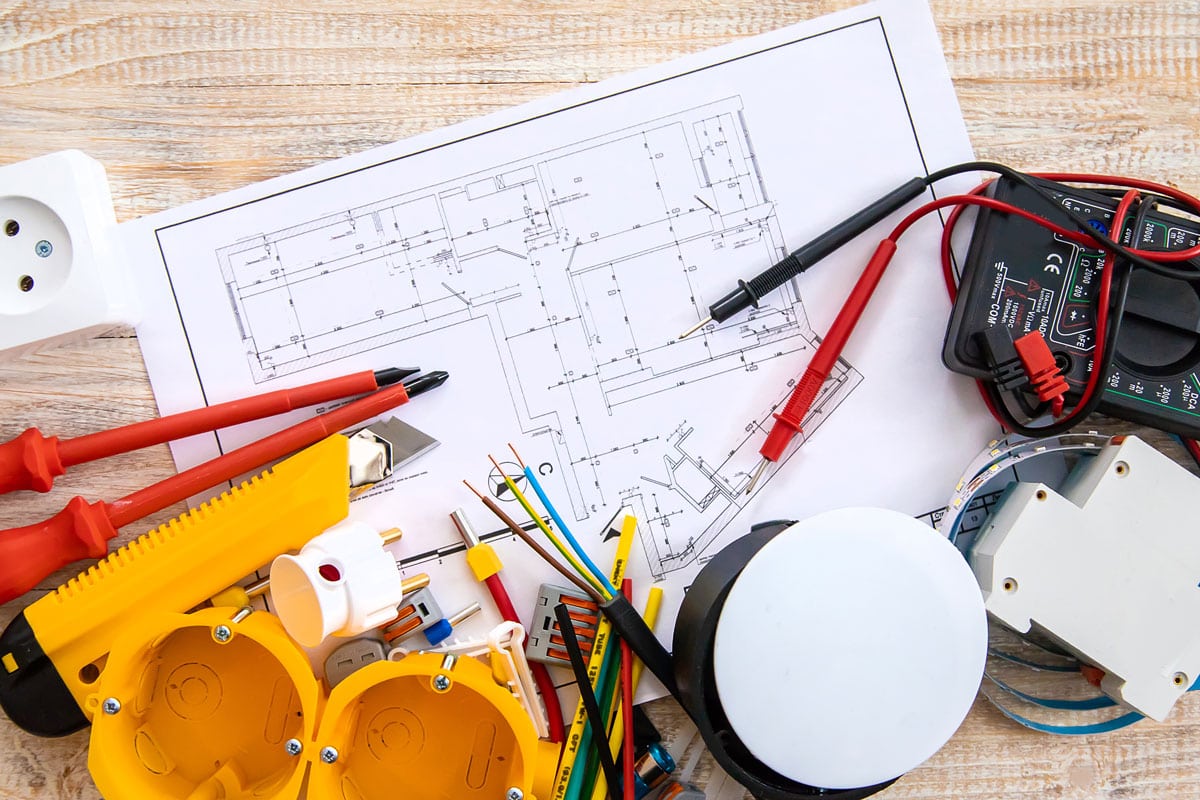
- Plumbers should have a detailed plan and structure of the plumbing project so they can visually figure out any possible issues before they start the work.
- The plumbing project should be done by a professional and should be done with a pre-planning stage.
- Coordination with other workers is important to avoid confusion.
- Plumbers should use the appropriate working tools to avoid accidents.
- Have good ventilation and proper lighting when working in a dark and congested place.
- Plumbers and other contractors should be cautious while working on the veranda.
Electrical safety
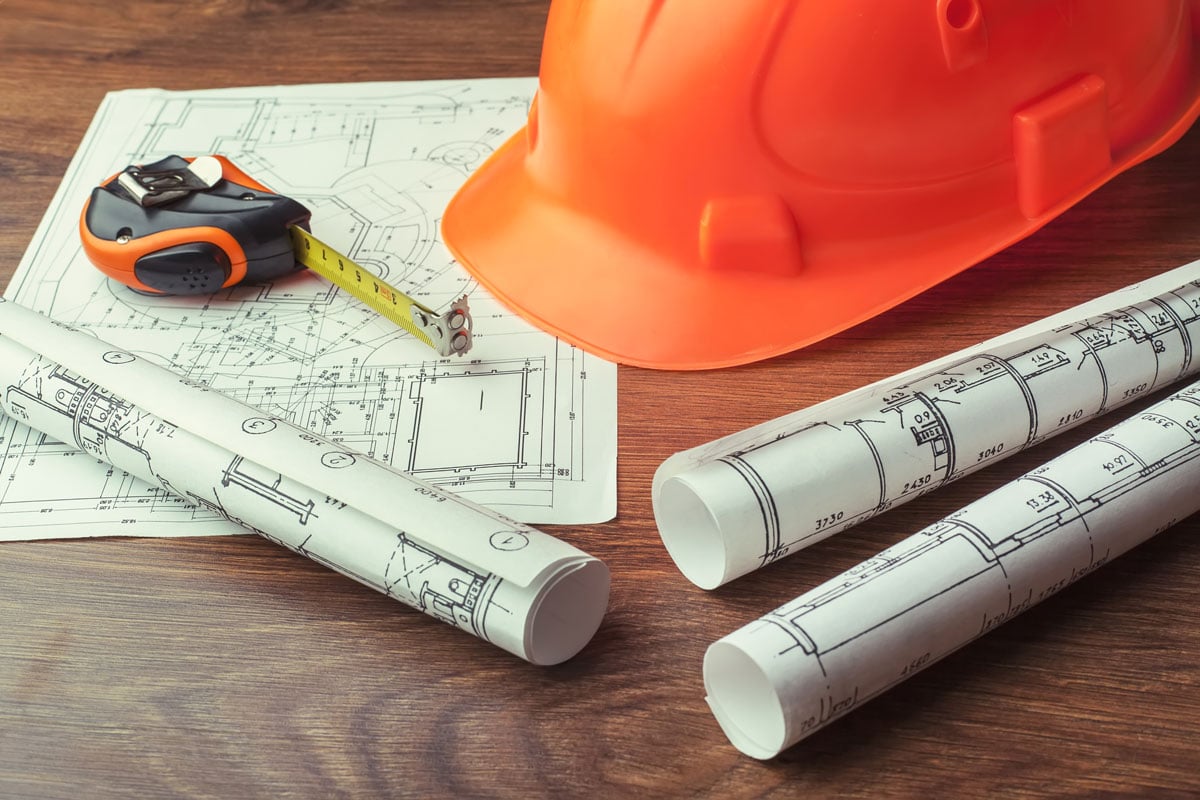
- Keep liquids away from all your electrical materials.
- When disconnecting plugs, gently pull the plug, and do not twist the wire while pulling.
- Check the switchboard regularly.
- Beware of poor electrical lines, as they may trigger shock primarily when you work in high areas.
- Do not DIY. Instead of fixing electrical wiring yourself, call your electrician to do the work. Do not hesitate to contact for help so they can assist you with the best possible electrical services and repair
In Conclusion

Water pipes above electricals are safe as long as you meet the appropriate distance from each other. There are also important considerations when installing plumbing and electricals as mentioned above.
Plumbing and electricals both have differences as they sometimes restrict each other. Safety precautions should be applied to avoid any emergencies and problems.
If you enjoyed reading this article, you may also read these related posts:
HVAC Vs Plumbing: Which Trade Is Better?
What's The Best Insulation For Copper Hot Water Pipes?


